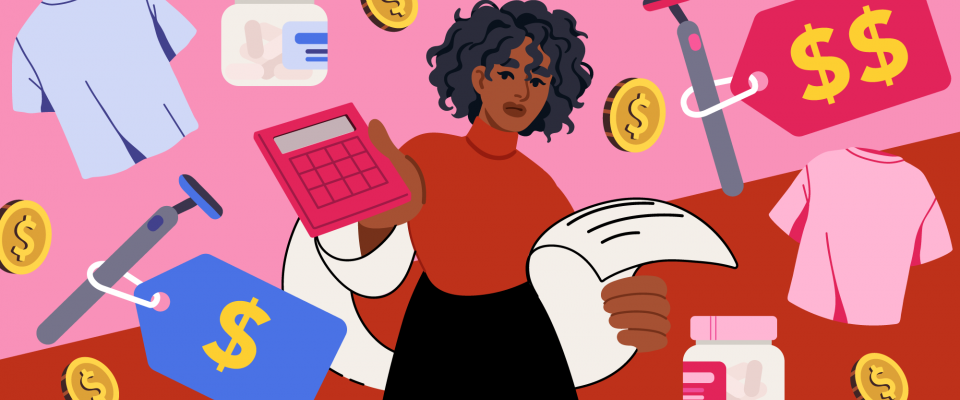Did you know that products marketed to women can be up to 50% more expensive than products marketed to men?
It’s known as the pink tax. Combined with inflation and the fact that women earn at most 89 cents for every dollar earned by men for work of equal value, the pink tax is yet another threat to women’s financial security.
With more than 60% of PSAC’s members being women, it's time to fight back against gender-based discrimination.
What is the pink tax?
The pink tax is a form of gender-based discrimination, where products and services marketed for women, or products categorized as ‘feminine’, typically cost more than goods and services for men.
A study conducted in 2021 found that the pink tax has continued to increase, and women continue to pay much higher prices for similar products. Typical products affected by the pink tax include razors, hygiene products, services such as haircuts and drycleaning, pain relief medication, clothing, and toys for children.
The pink tax is fueled by gendered expectations; women are expected to consume more products and services to fit societal norms on gender.
Women and gender-diverse people across Canada are impacted by the pink tax differently based on socio-economic status, location, race, and gender. For example, an Indigenous woman in a remote town will pay more for the same product due to their location, import costs and a limited selection to choose from.
While we are making progress on shrinking the wage gap in Canada as long as gender-based pricing continues those positive changes are undermined by women’s unequal purchasing power.
PSAC calls on the federal government to put in place legislation to end gender-based pricing.
Stand up for gender equality and demand the government puts an end to the pink tax.
 Member Login
Member Login



